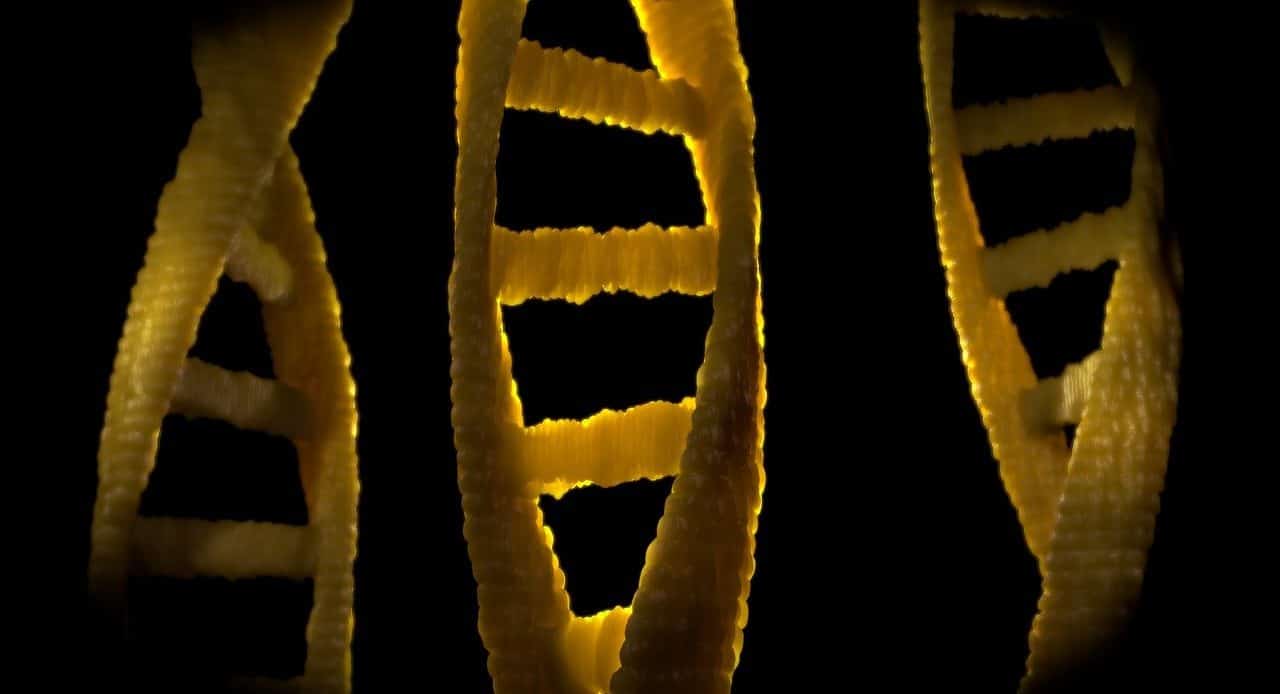
Adenine is a nitrogenous base.
Adenine is one of the components of ribonucleic acid ( RNA ) and deoxyribonucleic acid ( DNA ). This substance is a nitrogenous base , whose symbol is A in the genetic code.
The formula for adenine, which is derived from purine , is C5H5N5 . It is a component of the nucleic acid chains that is in nucleotides , like the rest of the nitrogenous bases of RNA and RNA ( uracil , thymine , cytokine and guanine ).
A nucleotide is made up of a five-carbon sugar , a phosphate group , and a nitrogenous base. These bases, in DNA , couple together to constitute the ladder structure that characterizes the double helix of this nucleic acid. In the case of adenine, it is always coupled to thymine because both nitrogenous bases have chemical affinity.
Discovery of adenine
Adenine and thymine were found by Albrecht Kossel , a German chemist who made the discovery in 1885 . From then on, knowledge on these bases multiplied.
It is important to mention that, in ancient times, adenine was known as B4 , since it was included in the vitamin B complex. However, over time scientists reached a consensus that adenine was not actually a vitamin.
In recent decades, scientists began to analyze adenine in their studies of the origin of life on our planet. There are even studies that maintain that RNA and DNA could have arrived on Earth in meteorites from outer space .
One of the reasons why this component is in the middle of such research is that the two aforementioned acids, RNA and DNA, carry genetic information of great importance about living beings , in part because it is unique and unrepeatable.

Adenine is one of the components of deoxyribonucleic acid (DNA) and ribonucleic acid (RNA).
Its presence in the body
A compound capable of acting as a coenzyme of other vitamins is derived from adenine, and is especially known for the speed with which it works when it is dedicated to producing energy in our body. For this reason, it is very beneficial to ingest adenine (which in many cases we still find under the name vitamin B4 ) as part of our normal diet.
To know if we are going through a case of deficiency of this component, we can take a look at the most common symptoms: constipation, skin disorders, reduced growth rate, blood problems, insulin sensitivity, hypoglycemia, anemia, appearance various allergies, vertigo, fatigue above normal levels, greater propensity to contract diseases and infections due to a weakening of the immune system .
Sources of adenine
Regarding the natural sources of adenine, it is known that it is a component that our body synthesizes through certain foods, which is why it is not very common to find it as a supplement. Where this vitamin does appear is in medicinal plants such as cohosh, cayenne, thyme, sarsaparilla, rose hips, seaweed, hops, goldenseal, grass, catnip, caraway, burdock, holy thistle and ginger, among many others.
On the other hand, adenine is also present in some foods , such as cassava, whole grains, fresh fruits and vegetables in general, and yeast.
Among the benefits of adenine for our body, the fact that it promotes the generation of white blood cells stands out. Furthermore, we must not forget that it is a derivative of purine , an essential element to synthesize proteins properly and to carry out several of their chemical processes.
